Unless I misunderstood the concept of capacitance, it's not zero, it's infinity.in the bottom position the caps are short circuited and net capacitance is functionally zero.
"Essential property of switch" is to reduce the impedance by close.
Unless I misunderstood the concept of capacitance, it's not zero, it's infinity.in the bottom position the caps are short circuited and net capacitance is functionally zero.
For anyone who wants both momentary and latching bypass for an effect, without resorting to an Intelligent Relay-based method...
View attachment 91276
By special request, I was asked to add an LED to the momentary — though not necessary, it adds a bit of fun.
If you don't need/want an LED for the momentary, delete the above 3PDT-momentary's middle pole, and use a DPDT momentary instead.
[EDIT] Request was for one LED...
View attachment 91278
I, too, enjoy ring-mods... and everything else you listed...I love ring modulators, noise makers, and anything that is particularly jarring or annoying sounding. So, this snippet of momentary switch-craftiness is great for just dropping in and out with freaky whacked out sounds.
But I have a question about this setup. As-is, when the latching switch is engaged (effect on) the momentary switch does nothing, yes? But, is it possible to wire this so that when the latching switch is engaged the momentary switch momentarily bypasses the effect? I gave up trying to figure it out. Any ideas?
I hope everything is ok!family emergency
...is it possible to wire this so that when the latching switch is engaged the momentary switch momentarily bypasses the effect?
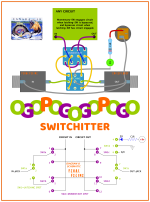
My first thought was "Sweet S**tter" cause that's what I thought I saw... OGOPOGO might be better.Y'all can call it OGOPOGO
idk but while trying to figure what this switch circuit is supposed to be doing, all i can hear is this songIt can be a bit of a tongue-twister saying Ogopogogopogo. If you're familiar with the Ogopogo, just add "go pogo" to the end.
Or break it down further — Ogo Pogo Go Pogo, unless you want different emPHAsis on difFERent sylLABles, then maybe O go po gogo po go...
I'm Kelowna it here.
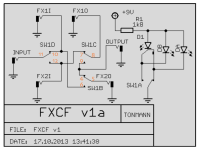
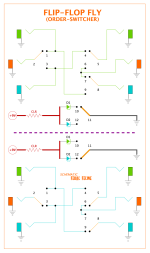
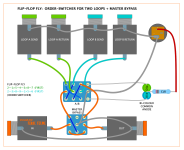
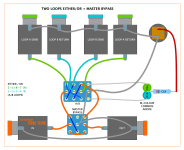
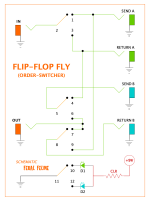
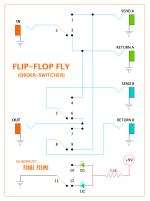
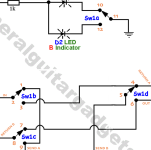

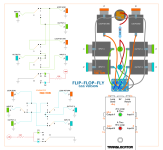
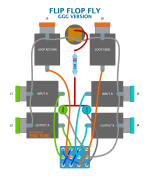

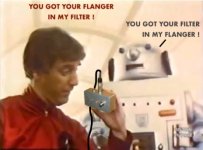
Someone please double check me, but I think this is how you'd do it with a 4PDT and no LED.
"In_1" and "In_2" are your stereo ins, "Out_1" and "Out_2" are your stereo outs.
Then you switch the ins between the "Send A" and "Send B" stereo pairs, and switch the outs between the "Return A" and "Return B" stereo pairs.
View attachment 103098
